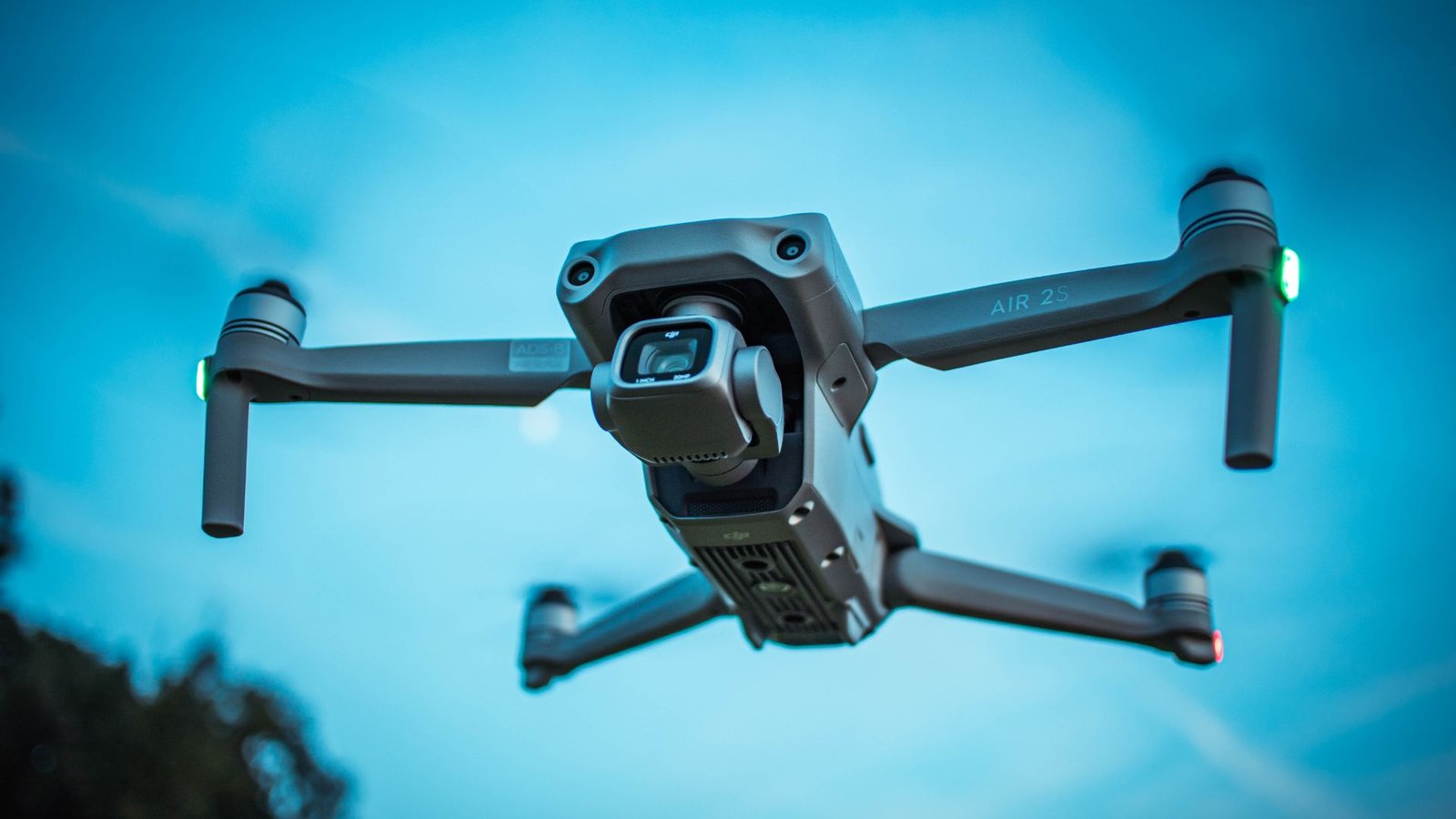How Armies Use Military Drones for Strategy

A few decades ago, the idea of using flying machines to gather intelligence or strike targets without a human pilot on board sounded like something out of a movie. Today, military drones have become a key part of modern warfare.
Eyes in the Sky: Surveillance and Reconnaissance
Imagine a battlefield where every move of the enemy is known in real time. Military drones make this possible. Unlike manned aircraft, drones can fly for hours, sometimes even days, without needing a break. This allows armies to keep a constant watch over important locations.
Real-Life Example: The Role of Drones in Iraq and Afghanistan
During operations in Iraq and Afghanistan, drones like the MQ-9 Reaper provided real-time footage of enemy movements. Soldiers on the ground could see potential threats before they even reached their location. This reduced the number of ambushes and saved countless lives.
Targeting with Precision
Drones do more than just watch; they strike with accuracy. When an army needs to eliminate a threat without risking troops, drones offer a solution. These aircraft can carry missiles and other weapons, hitting targets with incredible precision.
A Story from the Field: Stopping a High-Value Target
In 2020, a drone strike took out a well-known militant leader in the Middle East. This mission was carried out with minimal risk to soldiers and prevented further attacks on civilians. Without drones, this operation would have required a full-scale military raid, endangering more lives.
Communication and Coordination
Drones are not just tools for surveillance or attacks; they also help soldiers communicate and work together. They relay real-time information between ground forces, command centers, and even naval ships.
How Drones Help in Search and Rescue
In war zones, soldiers can become separated from their teams. Drones equipped with thermal cameras can find missing troops and guide them to safety. This was seen in Syria, where a drone helped locate and rescue stranded soldiers trapped behind enemy lines.
Electronic Warfare: Jamming and Disrupting Enemy Systems
Not all battles are fought with bullets and missiles. Some are fought with signals and electronic interference. Armies use drones to jam enemy communications, disrupt radar systems, and even intercept signals.
A Silent Attack
In a recent conflict, drones were sent ahead of an airstrike to disable enemy radar. Without their radar systems working, the opposing forces were left blind, making it easier for allied aircraft to complete their mission successfully.
Logistics and Supply Delivery

War zones are unpredictable. Roads may be blocked, and helicopters might be too risky to use. Drones are stepping in to solve this problem by delivering food, medical supplies, and ammunition to soldiers in dangerous areas.
A Life-Saving Supply Drop
In Africa, a military drone delivered medical kits to a remote outpost where soldiers were stranded. Without the drone, they would have had to wait days for help to arrive, putting their lives at risk.
The Future of Military Drones
Drones are getting smarter and more capable. Some are now controlled by artificial intelligence, reducing the need for human operators. Future models may work together in swarms, making them even harder to stop.
What This Means for Warfare
The use of drones is changing how wars are fought. Instead of sending large groups of soldiers into dangerous situations, armies are relying more on technology. While this reduces risk to human troops, it also raises ethical questions about the role of machines in combat.
Military drones have reshaped modern warfare, providing armies with better surveillance, precision strikes, and communication tools. Whether watching enemy movements, delivering supplies, or taking out threats, these aircraft play a critical role in strategy. As technology continues to advance, their impact on the battlefield will only grow.
FAQs
1. How do military drones help in warfare?
Military drones assist with surveillance, precision strikes, communication, electronic warfare, and supply delivery, reducing risks for soldiers.
2. What types of drones are used in the military?
Armies use surveillance drones, combat drones, cargo drones, and electronic warfare drones for different missions.
3. Can military drones operate without human control?
Some advanced drones use artificial intelligence for autonomous operations, but most still require human oversight.
4. How long can a military drone stay in the air?
Some drones can fly for over 24 hours, with larger models capable of remaining airborne for days.
5. Are military drones used for non-combat purposes?
Yes, they are used for search and rescue, medical supply delivery, disaster relief, and border monitoring.
- Education
- Course
- Books
- Drawing
- Question
- Film
- Fitness
- Food
- Games
- Gardening
- Health
- Home
- Literature
- Music
- Networking
- Other
- Programming
- Religion
- Shopping
- Sports
- Curriculm
- Wellness


